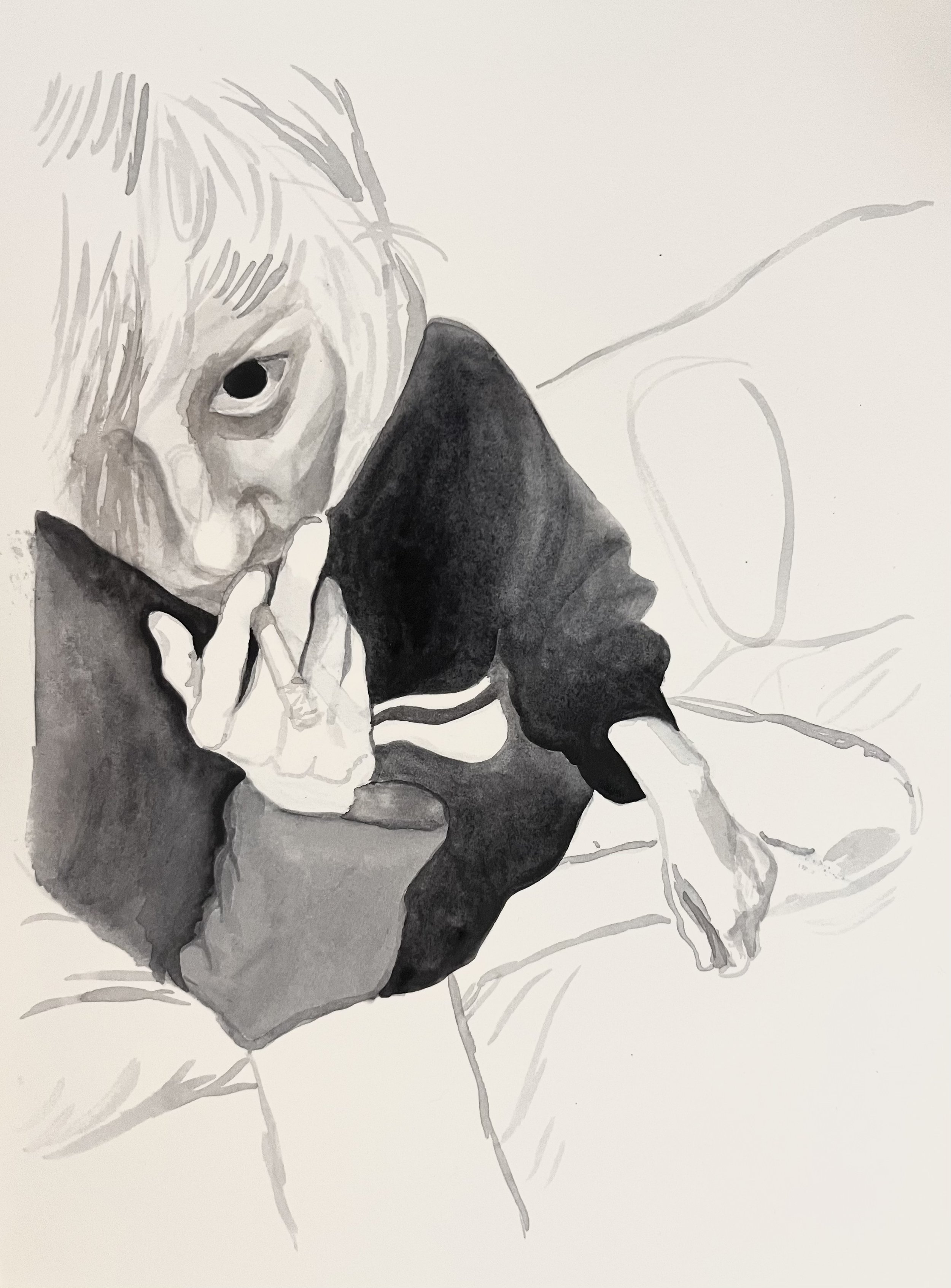Running for the Stairs
We all have sentimental collections that we keep under the notion that retaining them ties us to our past. We keep objects charged with purpose, things we promise to revisit and resolve. Each time we set out to empty the clutter in our closets and basements, we end up reminiscing over objects like photographs and homemade blankets. Re-organizing the chaos and putting the majority of it back in its original location, with the good intentions to revive their appreciation, only to forget about them, time and time again. There is no space or place for them to exist in our daily lives, and yet we keep them. Perhaps the answer to why is in their facilitation of a physical history of our memories. Filled with sentimentality and through that, value and importance.
Psychiatrist Bessel van der Kolk MD studies how children and adults adapt to traumatic experiences. In his book The Body Keeps the Score, he talks about how very often, people who go through traumatic experiences have changes in their brain's chemical composition making it hard for them to acknowledge the passage of time since their trauma occurred. Just the thought of the experience can put their brain back in the moment chemically.(1) Although this feels terrible, this tie to the past becomes an addiction. Crippling the furtherment of our lives. How can we relate this to the parts of our history that we keep in our homes? Is there something that you keep although it brings you to tears to see?
Take a moment to imagine if one's stored belongings disappeared in their entirety. It would certainly leave many of us mournful of memories lost and uses that can no longer be served. But when do sentimental objects become clutter? When does keeping these objects hold us back from our future? We define hoarding as an illness, a habit taken to the extreme, but where is the line drawn? How do we justify each item we keep in our own lives? In turn, how would cleaning out our spaces rewrite our story?
My installation incorporates digital photography of personified cluttered spaces, Large oil paintings in portraiture, still life and abstraction. The sculptural installations are created boxes which hold and reveal our lives and personal space's depth and complexity. There are also works in relief printmaking, which captures memories and moments in time, preserving valued personal history and experiences. All these elements come together through the process of repurposing the old to create something new, displaying growth through the baggage of our learned behaviors and traumas that can so often leave a person fixed in thought patterns and time, for lack of a better word.
Bibliography
Van der Kolk, Bessel A. "The body keeps the score : brain, mind, and body in the healing of trauma." New York, New York : Viking, 2014.
Door’s Open
Oil on Canvas 65”x60”
“Confusion”
Oil on canvas board 18”x24”
“Find Out”
Relief ink on paper 18”x18”
Another Day
Oil on Canvas and acrylic on MDF 18”x18”
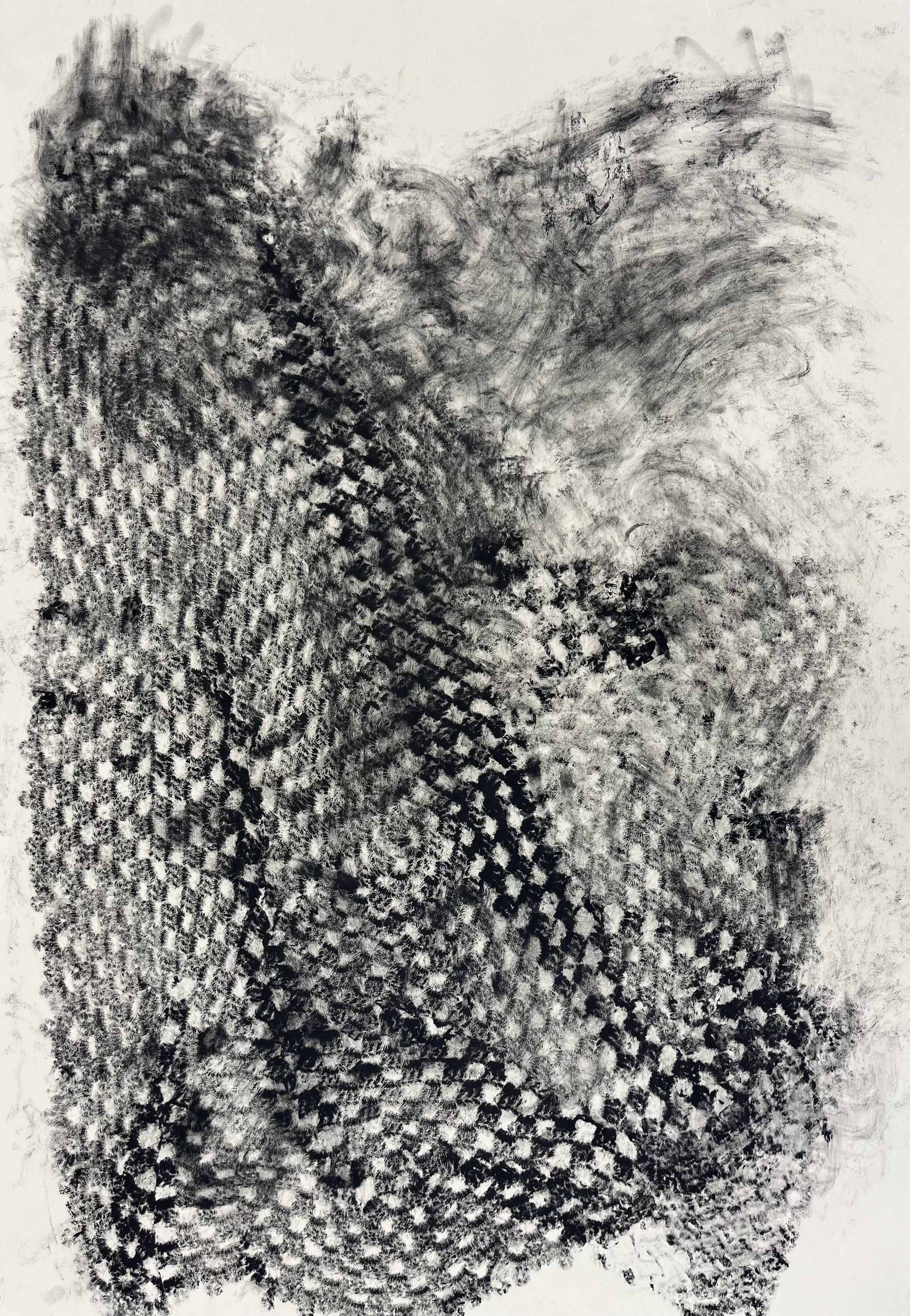
“Lost in Time” 1 of 6 Relief ink on paper 36”x28”
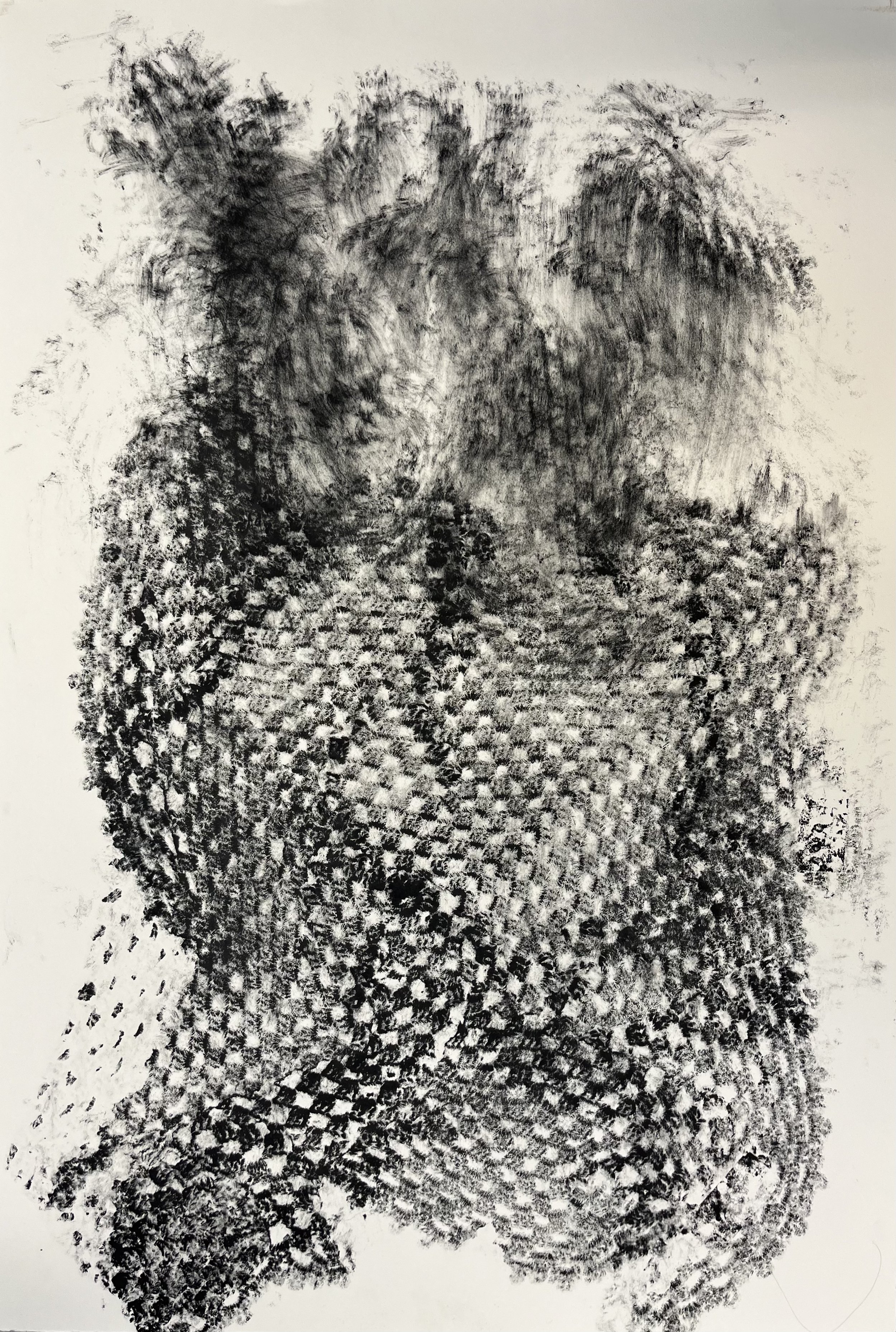
“Lost in Time” 2 of 6 Relief ink on paper 36”x28”
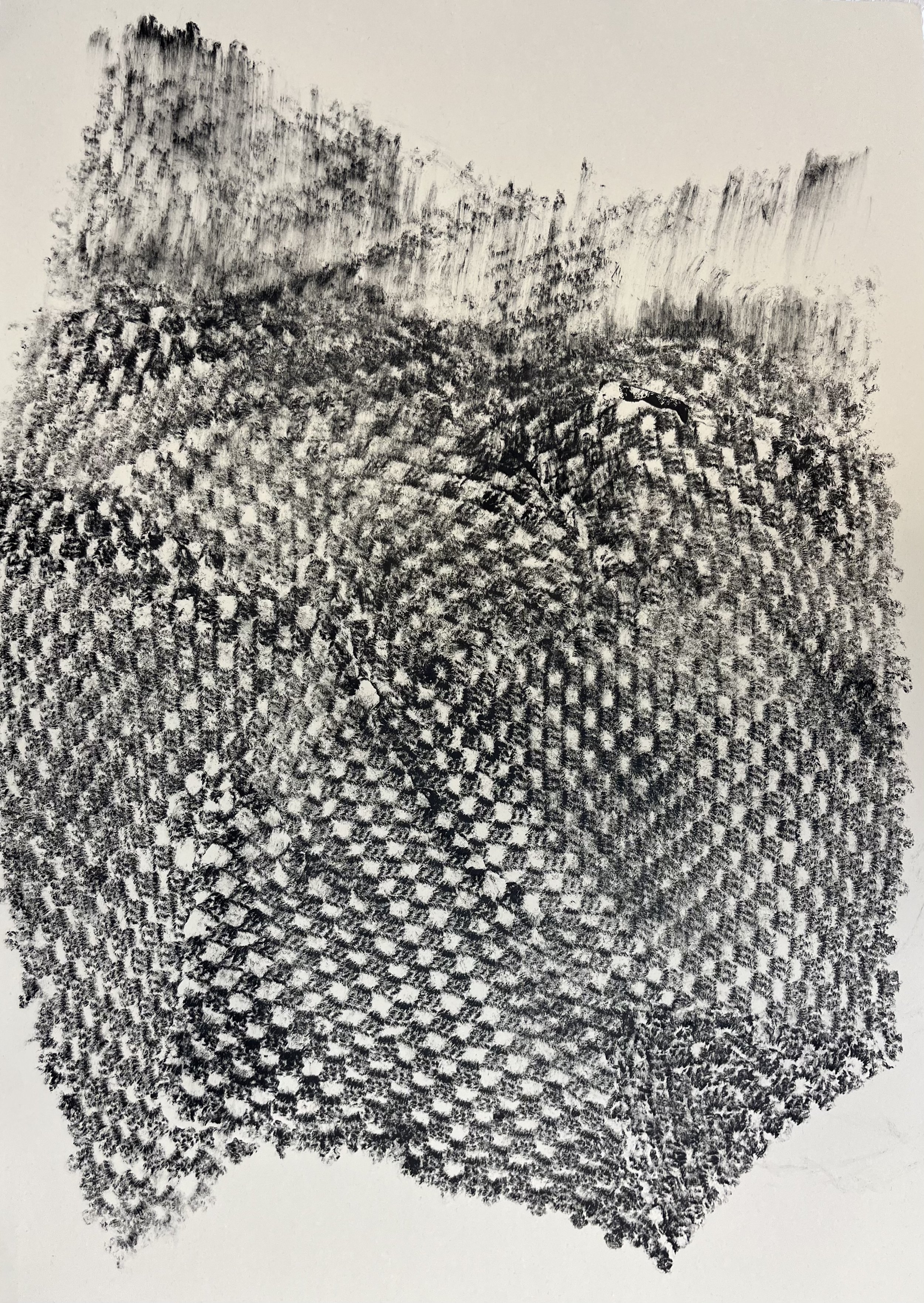
“Lost in Time” 3 of 6 Relief ink on paper 36”x28”
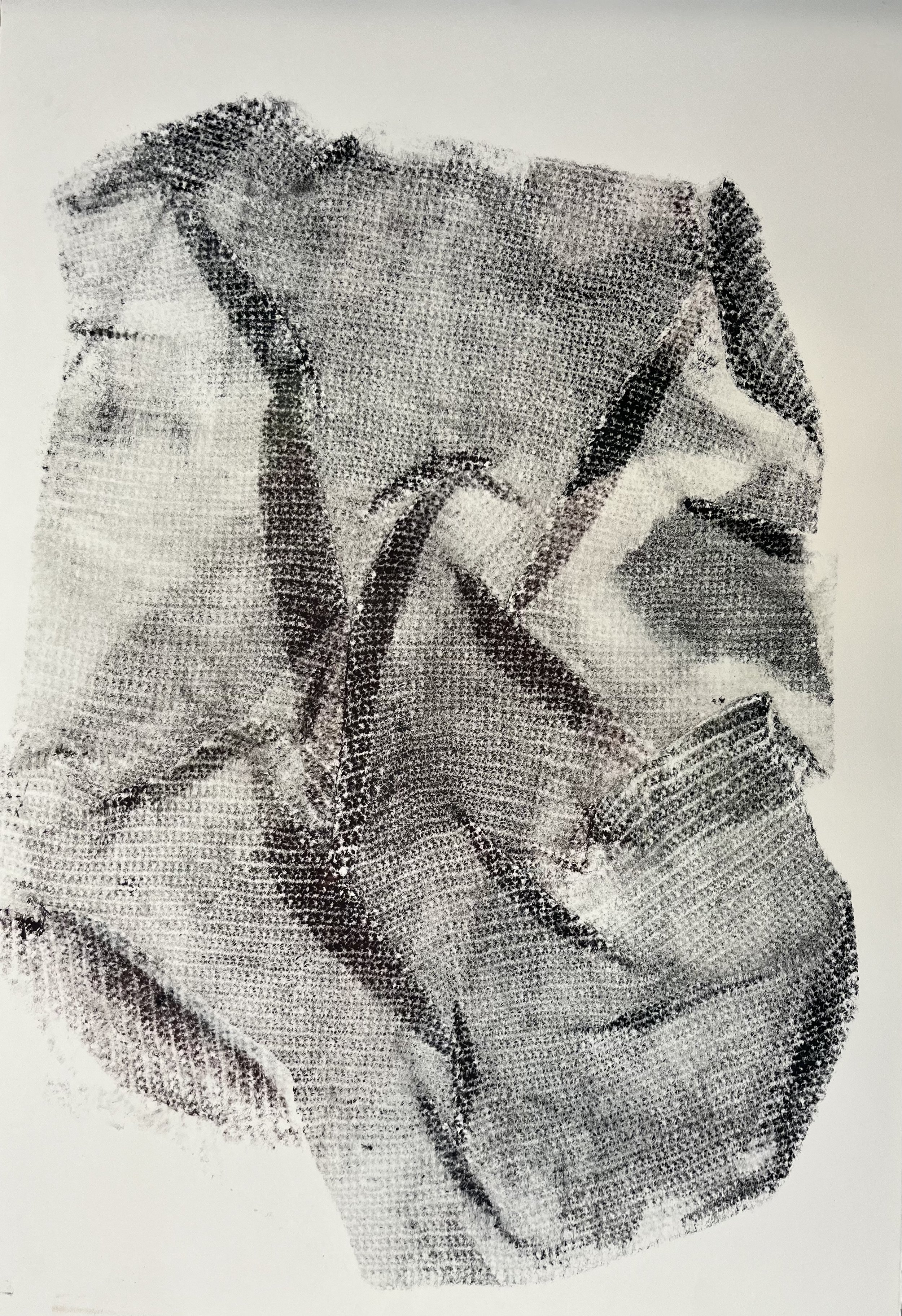
“Lost in Time” 4 of 6 Relief ink on paper 36”x28”
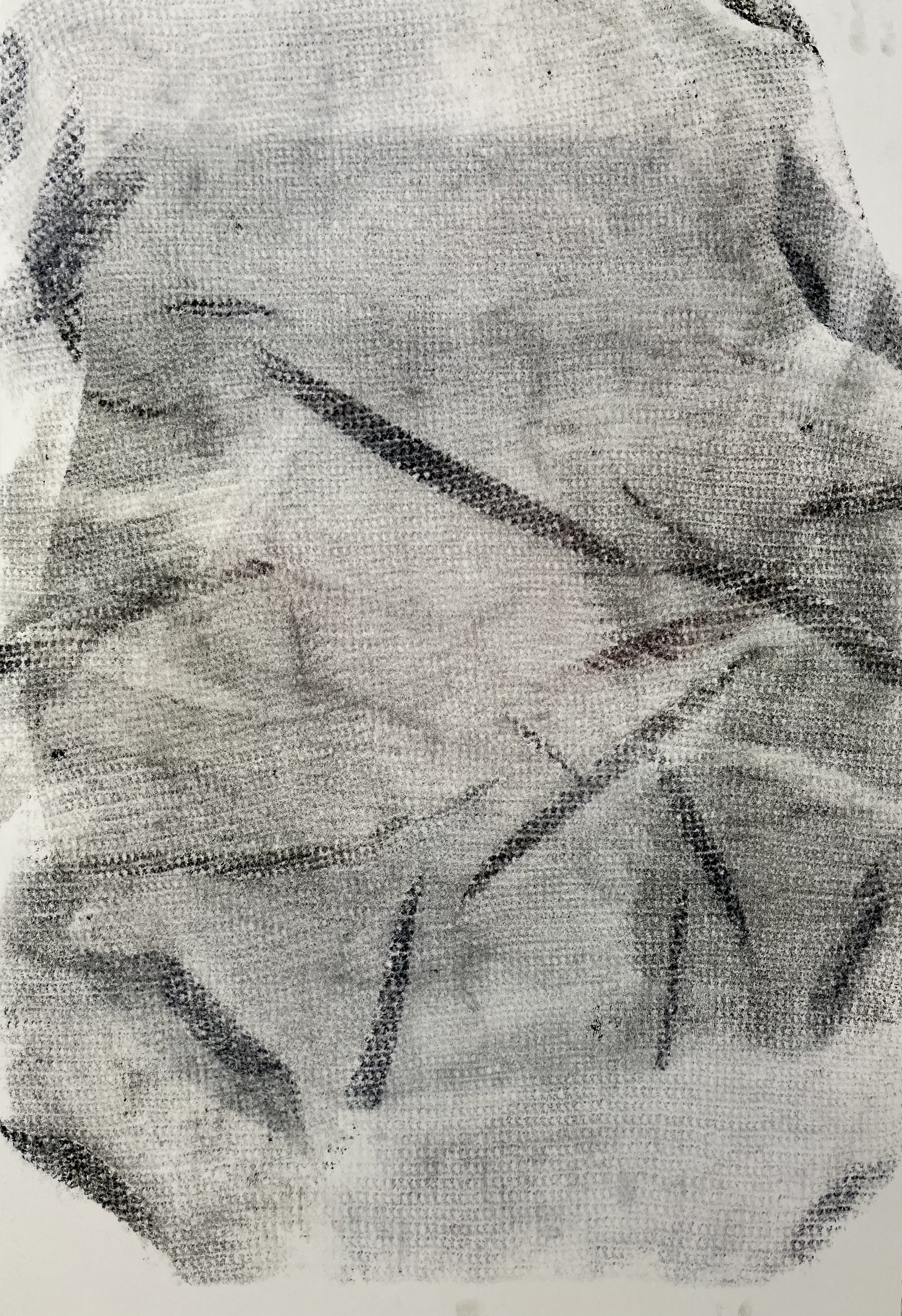
“Lost in Time” 5 of 6 Relief ink on paper 36”x28”
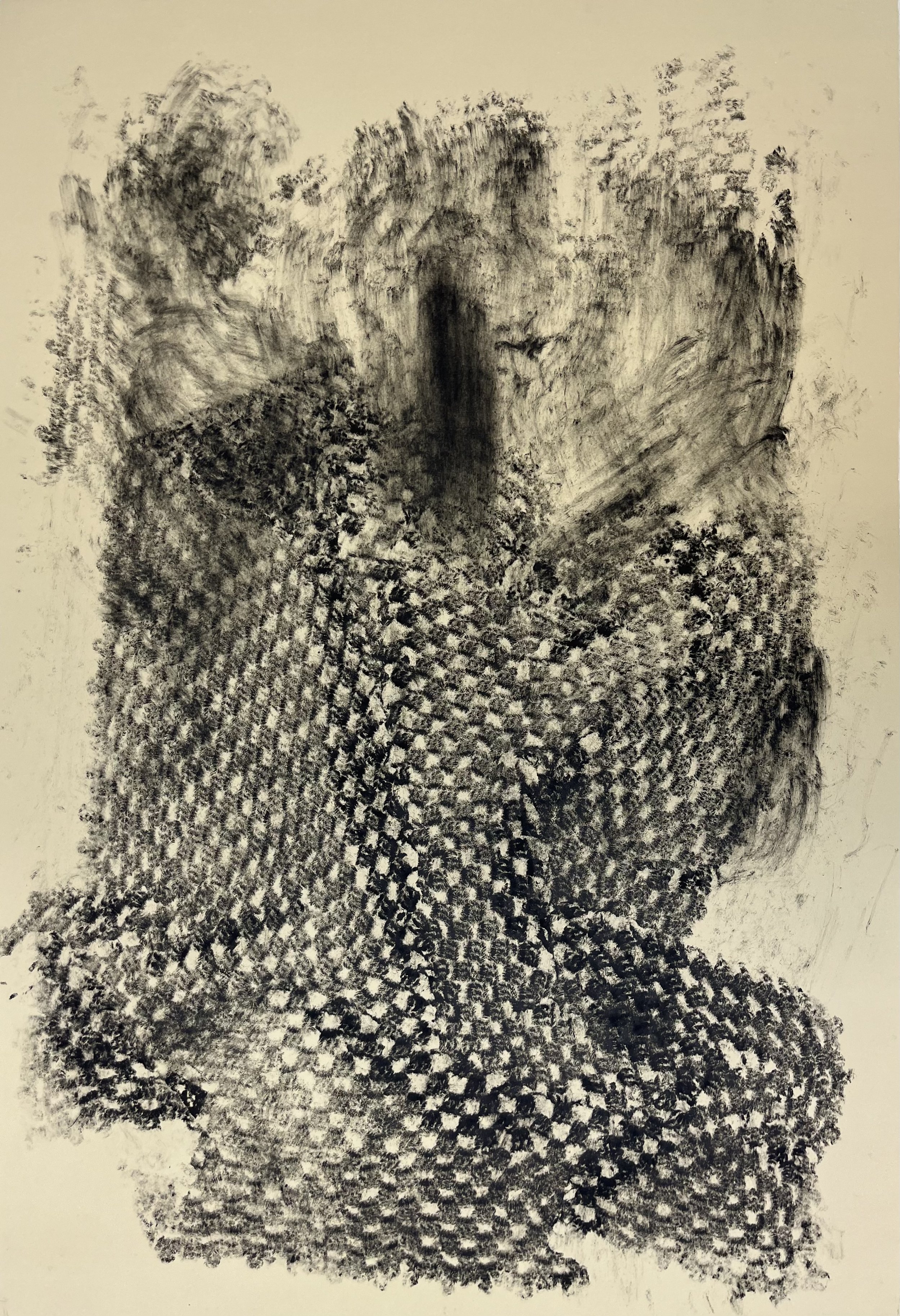
“Lost in Time” 6 of 6 Relief ink on paper 36”x28”
“Mind Maps”
Oil and acrylic on canvas 36”x48”
“Burnout”
Watercolor on paper 8 1/2”x11”
“Get Bent”
Relief ink on paper 5”x6”
“Mirrors”
Watercolor on paper 8 1/2”x11
“What to Keep”
Digital Photography Series of 6







